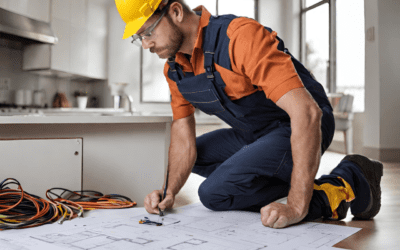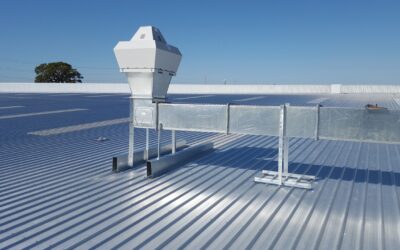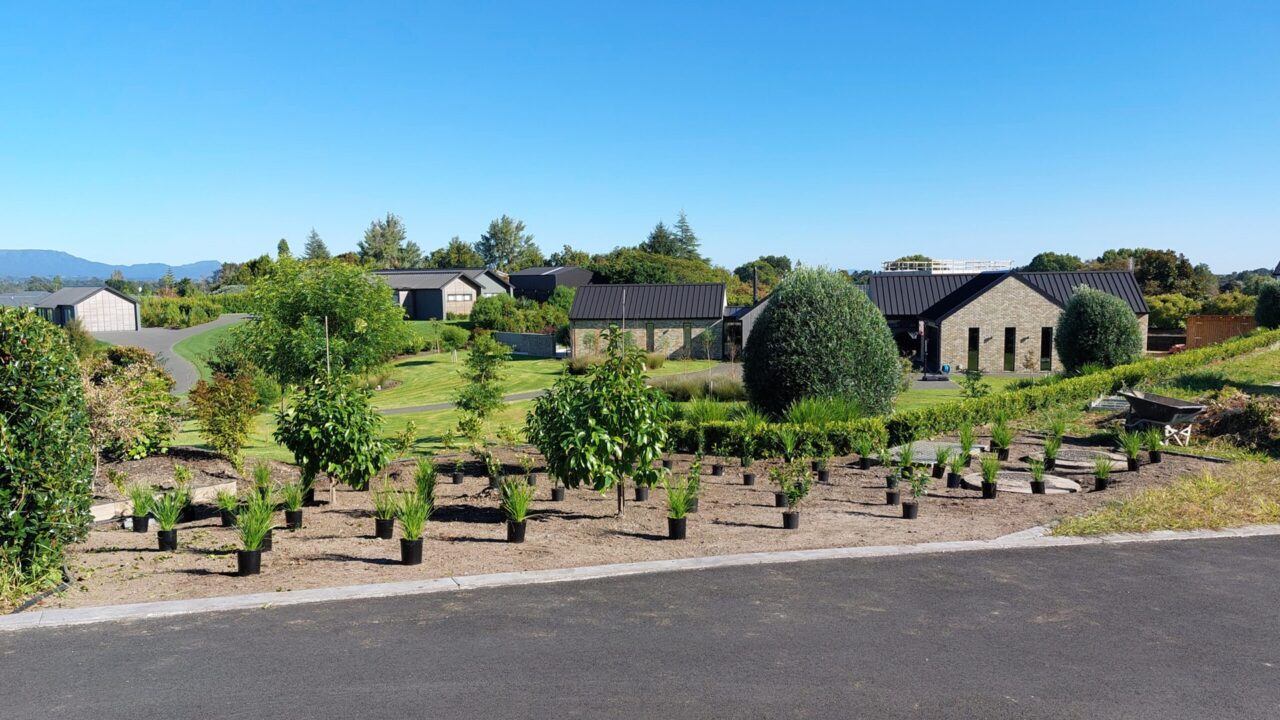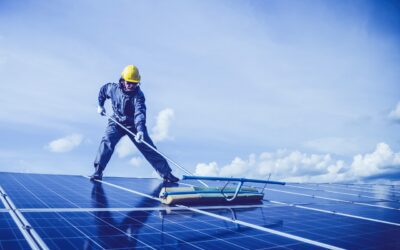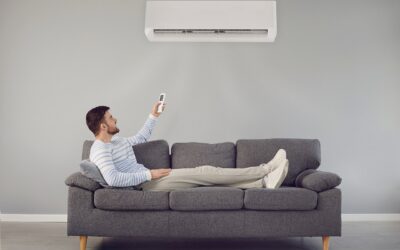Building or renovating a home is an exciting endeavour, but ensuring proper electrical installation should be a top priority. Selecting the right electrical contractor and planning effectively will lead to a safe, efficient, and aesthetically pleasing electrical...
Category
Building & Construction
Guide to Understanding HVAC Systems
Understanding HVAC (Heating, Ventilation and Air Conditioning) Systems What is HVAC? HVAC stands for Heating, Ventilation, and Air Conditioning. It refers to the systems and technology used to control the internal environment of a building or space. The goal of HVAC...
Strategic Landscaping: Designing and Maintaining Beautiful Outdoor Spaces
Strategic Landscaping is a full-service landscaping company providing a range of services to help clients create and maintain stunning outdoor spaces. Whether you're looking to install a new landscape or spruce up your existing yard, Strategic Landscaping has the...
The Pros and Cons of Artificial Grass: Is it Right for You?
In recent years, artificial grass also referred to as synthetic turf or faux grass, has become quite popular as a landscaping substitute for natural grass. It offers a low-maintenance and visually appealing solution for homeowners and businesses alike. However, like...
The Benefits of Cleaning Your Solar Panels
If you have installed solar panels on your roof, you might have wondered if you should clean them. Keeping your solar panels clean can improve their efficiency and increase their lifespan. Is it really worth it cleaning your panels? In this article, we will explore...
How to Choose the Right Heat Pump for Your Home
Summer is in the air now, so it’s a great time to look at options for a cooler, drier home across the warmer months. At Hiko Electrical, we serve Tauranga, Papamoa, and Mt Maunganui with quality Heat Pumps and Air Purifiers; we have expert knowledge and provide an...
